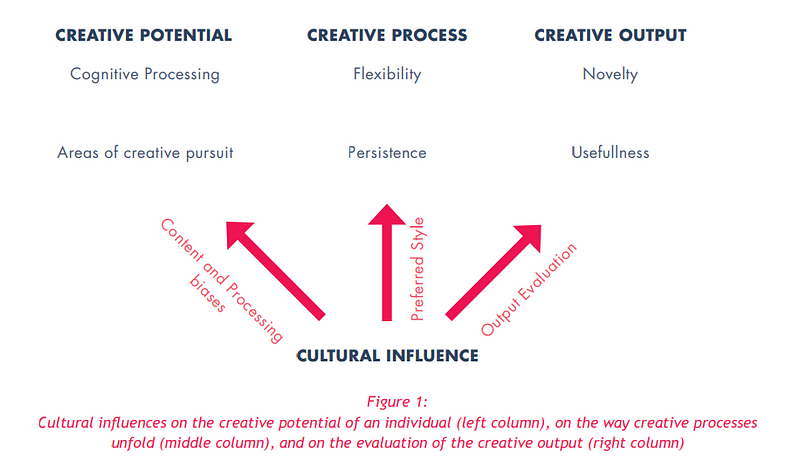Earlier this week, I tuned in to a public lecture from Laureate Professor Marilyn Fleer and her team. They presented their latest findings from the Conceptual Playlab at Monash University.
The Conceptual PlayLab is a research group. They investigate play-based models for teaching young children science, technology, engineering, and mathematics (STEM).
The lecture shared insights from the last three years of research about how infants, toddlers and pre-schoolers think, create and collectively innovate in STEM.
A foundation of their research is the experience of a conceptual play world which I want to explore today.
In the lecture, Fleer outlined the five key pedagogical characteristics of a conceptual play world:
- Select a story for the Conceptual Playworld that considers the context of children’s development and their interests.
- Design a Conceptual Playworld space to explore concepts and social and emotional development.
- How to enter and exit the world.
- Plan the play inquiry or problem scenario.
- Plan teacher interactions to build conceptual learning in the role.
The notes above are from this overview from Professor Marilyn Fleer: The Five Characteristics of a Conceptual Playworld (Fleer, 2018). This short document also provides some elaborations and practices for each characteristic.
Design Worlds
I was struck by how the five characteristics remind me of facilitation, coaching and learning design.
I often refer to inviting people into a world for a workshop. As a group, we establish working norms or protocols (rules for this new world) and co-design a way to explore a challenge together.
When we perceive learning as a conceptual world to enter or exit. It allows us the opportunity to:
- Talk about the talking.
- Stand back and reflect on the learning experience.
- Take on different roles or explore multiple perspectives.
- Focus on the process of learning and notice our experience.
- Explore what makes the most significant difference to how we learn.
Conceptual world-building is a useful mental model as a learning designer and facilitator.
Hold Space For Dialogue
Coaching is about holding space.
You might wonder, what are we holding on to?
For me, this is about maintaining the integrity of the dialogic space.
When I hold the coaching space, I limit judgement, remain in the question and invest in the relationship.
The PlayLab’s research supports the view that learning in a conceptual play world is an essential foundation for STEM learning. I wonder how we can apply these ideas more broadly across different areas of learning? What would be the implications for schools, teachers and students? How might we fold early childhood research into adult learning design?
Too Busy To Play
We are so busy and caught up in the ‘doing’ that we forget to take a step back, reflect and play.
The experience of change and innovation needs playful moments. When we play, we take risks, experiment and try things out. We also create the space to laugh at ourselves and let go of inhibitions.
The challenge for all of us is to find ways to intentionally create space for play.
Your Talking Points
Here are a few key takeaways about
- What benefits do you notice when using a play-based approach to learning?
- How can we create space for play in our everyday lives?
- How will you increase reflection, play and meta-cognition in your next workshop?
🕳🐇 Down the Rabbit Hole
Complement this issue with articles about play and innovation from my blog:
Finding the edges of your page ⟶
How our creativity is shaped by our culture ⟶
In A World of Their Own – the features of immersive play ⟶
Using Kinectimals to Support Play in the Early Years Classroom ⟶
Let play perish and innovation will follow
David Whitebread and Marisol Basilio, in their essay “Play, culture and creativity”, explain that play is ubiquitous in humans and that every child in every culture plays.
My weekly email helps educators and innovation leaders enhance their practice by sharing provocations, ideas and mental models. Join today, and get your copy this week.






